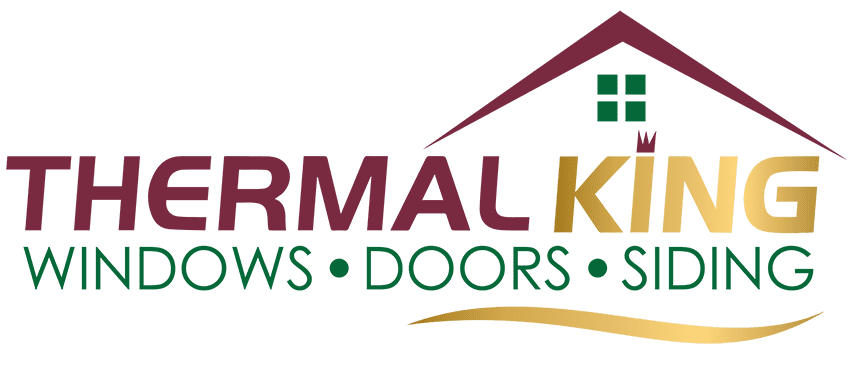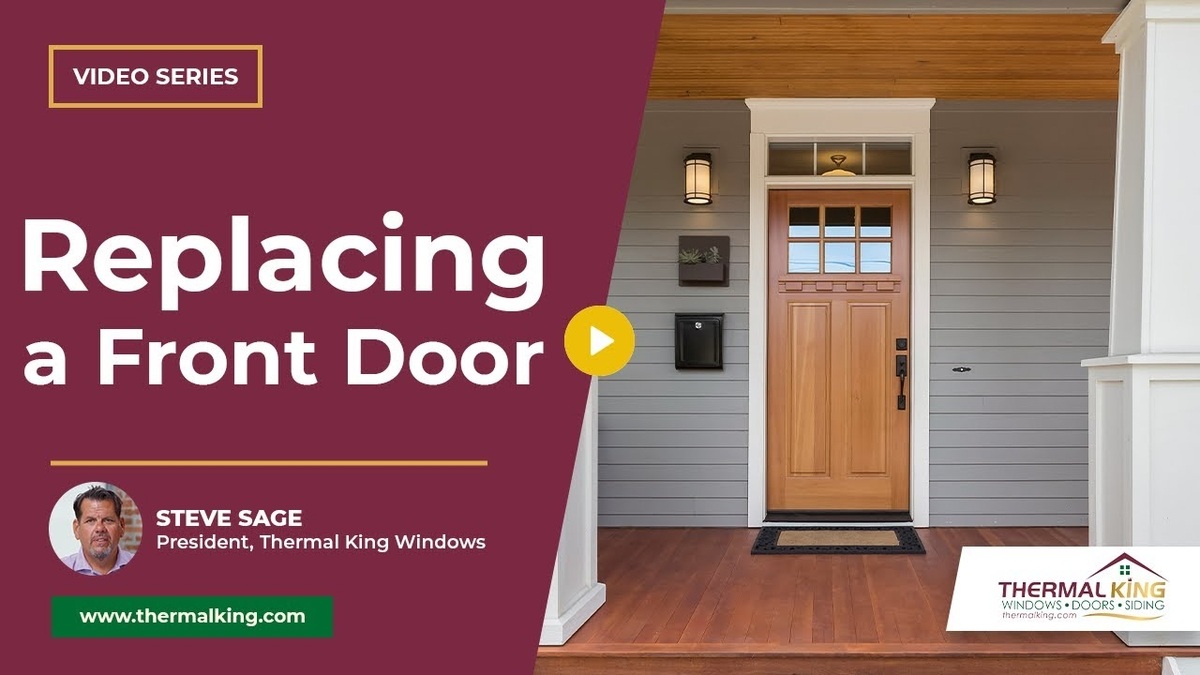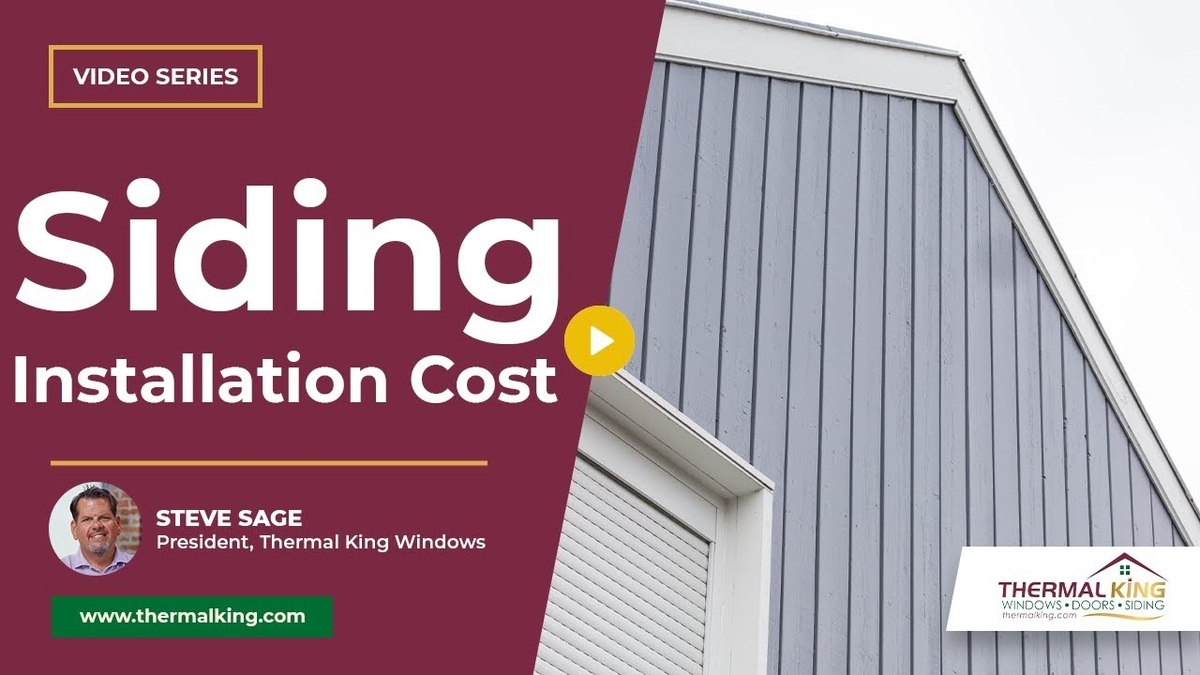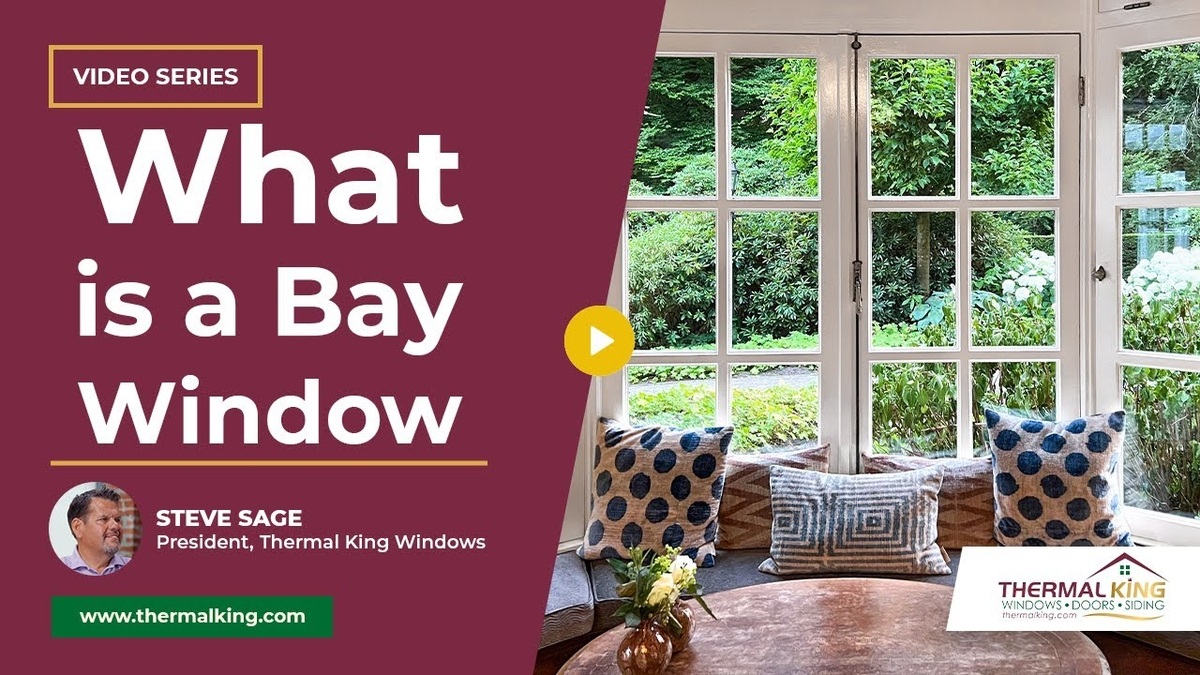Welcome to our detailed exploration of the pros and cons of James Hardie Siding. As we strive to deliver products that epitomize high-quality, energy efficiency, and a lifetime guarantee, it’s essential to provide clear, comprehensive information to our clients. In this guide, we’ll take an in-depth look at James Hardie Siding, renowned for its exceptional durability and aesthetic appeal. Our goal is to empower you with all the necessary details to make an informed decision about this popular siding option for your home.
Pros of James Hardie Siding
Unmatched Aesthetics
James Hardie Siding isn’t just pleasing to the eye; it’s a reflection of superior craftsmanship. It stands out as one of the finest imitations of wood siding, minus the continuous maintenance hassles. Wood often faces issues like rotting, warping, and the need for constant repainting. James Hardie’s products, however, are designed to resist these problems, maintaining their integrity and beauty over time.
Durability and Longevity
Durability is at the heart of James Hardie Siding. It’s crafted to endure years of exposure to the elements while maintaining its appearance and functionality. Unlike wood, which is prone to expansion and contraction, this siding remains stable and durable over the years. The innovative ColorPlus Technology ensures the paint lasts much longer than standard finishes, significantly reducing maintenance frequency.
Compatibility with HOAs and Municipal Regulations
A significant advantage of James Hardie Siding is its acceptance by Homeowners Associations (HOAs) and local municipalities. While many areas have restrictions on the use of vinyl siding, James Hardie Siding is often approved due to its high-quality appearance. This makes it a versatile choice for various neighborhoods and regulatory environments.
Environmentally Friendly
James Hardie Siding is not only aesthetically pleasing and durable but also an environmentally friendly option. It contributes to energy efficiency in homes, helping to reduce heating and cooling costs. This aspect aligns with our commitment to providing energy-efficient solutions for your home.
Potential Cons of James Hardie Siding
Investment and Cost Analysis
While James Hardie Siding is an exceptional choice, it’s essential to consider its cost. Being a high-end material, its installation involves detailed preparation to avoid cracking. This precise installation means higher costs for both materials and labor compared to traditional wood siding. However, its extended lifespan and reduced maintenance needs often translate into a more cost-effective solution in the long run.
Installation: The Need for Precision
Installing James Hardie Siding requires skilled craftsmanship. The concrete-based material demands a perfectly level surface for proper installation. This careful installation process, while contributing to the overall cost, ensures the siding’s longevity and compliance with warranty conditions.
Long-term Benefits: Weighing Pros and Cons of James Hardie Siding
While the initial cost of James Hardie Siding is higher than some alternatives, its long-term benefits are significant. The durability, low maintenance requirements, and aesthetic appeal make it a wise investment. Homeowners should consider these factors when weighing the pros and cons, as the siding offers considerable savings and value over its lifetime.
Conclusion: Making the Right Choice for Your Home
Selecting the appropriate siding is a balance between quality, aesthetics, and budget. James Hardie Siding, with its combination of durability, beauty, and long-term value, emerges as a prudent investment for those seeking a top-tier, low-maintenance solution. The initial investment may be substantial, but the benefits of longevity and minimal upkeep make it a cost-effective and sensible choice in the long term.
For more insights or to explore how James Hardie Siding can transform your home, please feel free to contact us. Our team is dedicated to helping you achieve perfection engineered for your home, one detail at a time.



